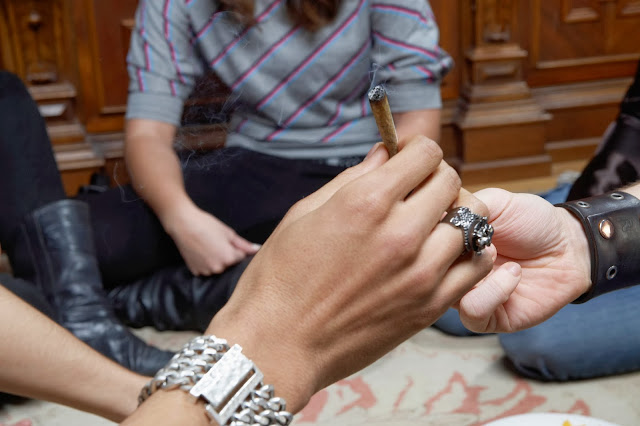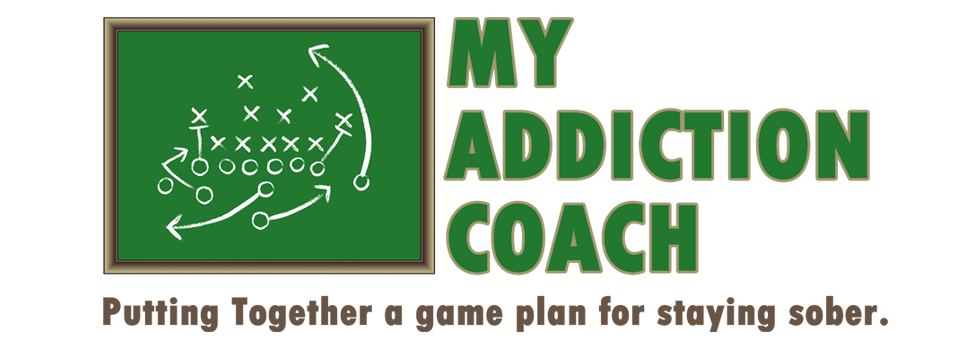
Recent years have seen the rise of a new drug mutation. In
an effort to evade drug laws and avoid a positive result in a drug test,
marijuana users have taken to a new substance to achieve the pot-like high.
Referred to as synthetic marijuana, K2 or spice, the substance is actually not
marijuana and not all that closely related to the original, natural product
either.
While the drug is designed to produce an effect similar to
THC in the body through the use of cannabinoids (and other various substances)
sprayed on non-marijuana herbs, it is actually far more dangerous than natural
marijuana and often much stronger, depending on the compounds in the particular
blend.
The drug is also highly addictive—far more than natural
marijuana—making fake pot
addiction a new area for drug addiction and treatment professionals to
address. Many users have experienced disturbing hallucinations, psychotic
episodes and convulsions. For some, use of this synthetic drug substance has
resulted in death.
The Appeal
One thing that marijuana users typically appreciate about
the traditional form of the drug is that it is, essentially, a natural plant.
Unlike lab-created drug products such as crystal meth, cocaine, or ecstasy, it
is generally the case with marijuana that what you see is what you get.
Relative to other drugs, the high and any other side effects of the drug are
fairly predictable.
However, new methods of drug
testing for K2 may put an end to
its popularity. Synthetic marijuana is not detectable in most drug tests;
however, it is possible to test for metabolites of this designer drug in urine
ensuring that the drug is not completely invisible in the body.
It is important to note that this drug, though a synthetic,
is by no means safer than its natural counterpart. Research on the effects of
K2 is in the beginning stages, but more and more is being discovered about what
sorts of compounds these mixtures actually contain and how they affect the
body. At this point, medical and drug professionals have only the several cases
of misuse resulting in death as their guide to the many potential risks of the
drug. As scientists are able to better analyze the contents of the drug
mixture, lawmakers will continue pushing to see these components banned.
Addiction and
Treatment
Currently, synthetic cannabinoids appeal to younger males,
typically the under-thirty crowd. As use of this lab-produced herbal mixture
increases, addiction and treatment professionals must find new ways to address
the problem of addiction to the substance and the psychological effects of use,
many of which are more severe than traditional marijuana and, given the
anonymous nature of the substance, largely unknown and unpredictable.
Synthetic marijuana use, abuse, and addiction among younger
drug users are of special concern. According to the National Institute on Drug
Abuse, synthetic marijuana is “the second most used illicit drug among high
school seniors.”
It is important to help your child to understand the many
risks of synthetic marijuana. If you suspect your teenager may be using
synthetic marijuana and are wondering what
to do when your child has a drug addiction of this nature, begin by
speaking with a professional at a local drug treatment center for advice on how
to best proceed in getting help for your child.

No comments:
Post a Comment